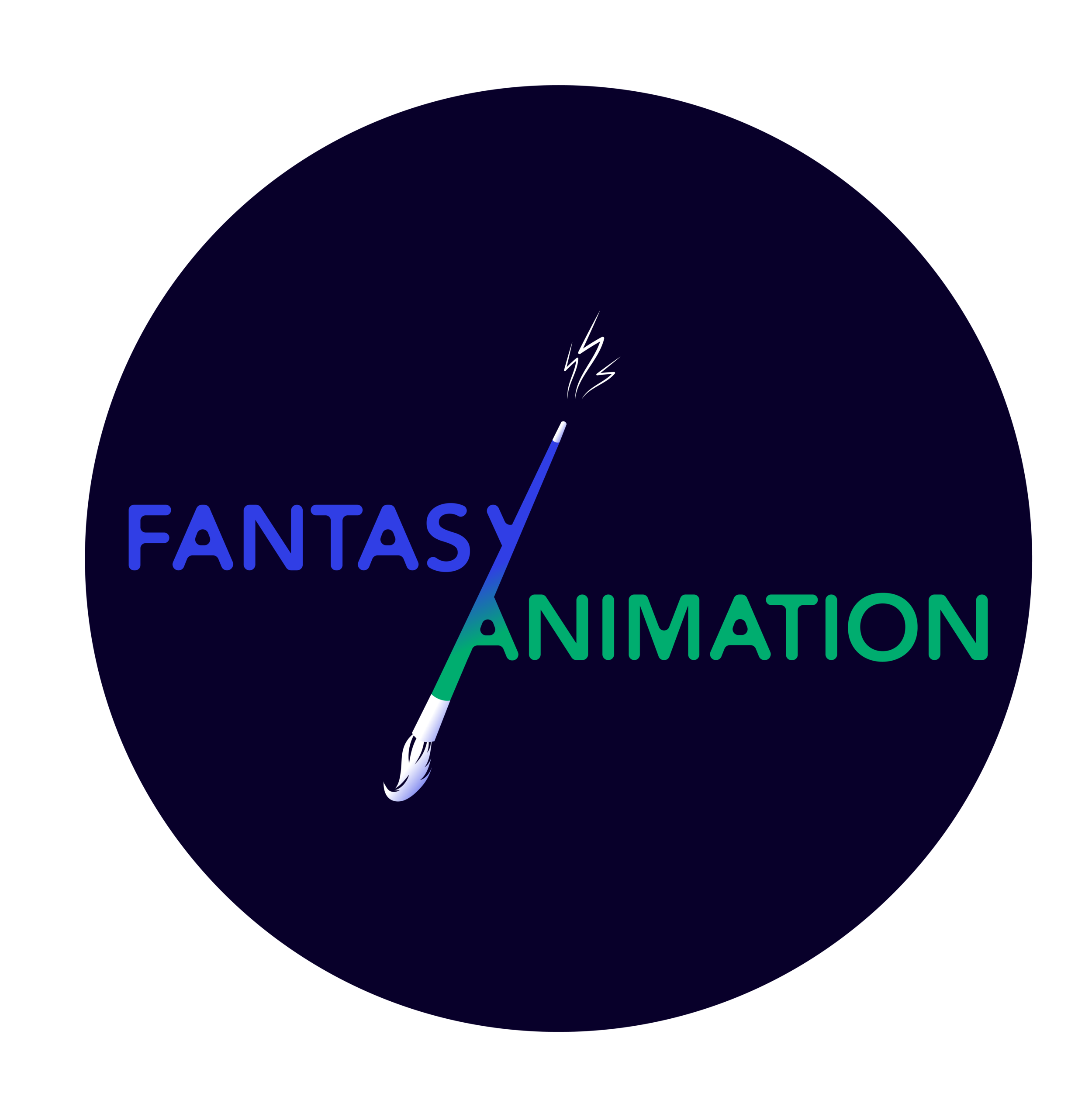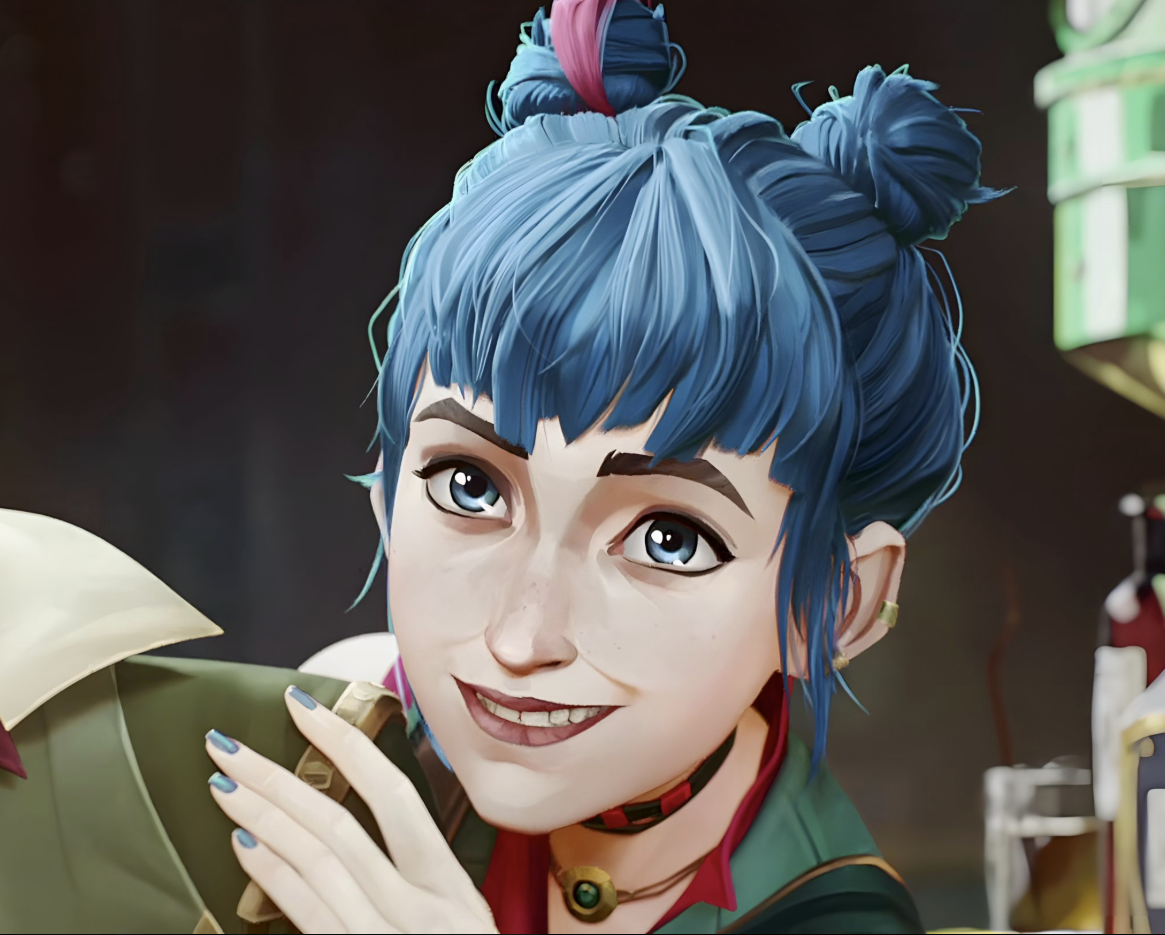The Other Side of Paradise
***This post contains spoilers***
Arcane, directed by Pascal Charrue, Arnaud Delord, and Bart Maunoury in 2024, is a tale of two sisters and their tumultuous relationship shaped by the neighbouring cities around them. Their choices influence the future of these cities, and the impact each has on the other is profound. However, there lies an alternate timeline where other aspects of the world are explored, and the audience gets a glimpse of what could have been. As this blog post shows, season two, episode seven of Arcane titled “Pretend Like It's the First Time,” contrasted with the series as a whole, portrays psychological disorders not as a flaw but a facet of character through the lens of narrative and colour using a girl named Powder. In this episode, Ekko, a boy instrumental in the war between cities, is thrown into another timeline. It scares him dramatically, for everyone he meets, save for Heimerdinger, an old friend, is a stranger peering out of a familiar face. Powder, previously known as Jinx in Ekko’s main timeline, is once again using her old name and is not trying to kill him. Rather, they are close in this universe, just as they were when they were children, almost as if they never parted. Ekko learns that in this version of the world, a lot of things went right, with the outcome that this is a better life for all its inhabitants. Even so, he needs to return home to help his friends. With the help of Powder and Heimerdinger, Ekko builds a device to send him back, but not before sharing a treasured moment with Powder.
Psychological disorders can be debilitating and greatly impact those affected. Many people experience them in varying amounts, ranging in severity, but typically all are negatively stigmatized. Neurodivergent people are usually met with disdain, and the urge to conform to what the general population deems ‘normal’ is ever present. Recently, however, there has been a societal shift that calls for such mental disorders to be recognised as a core part of oneself and not something of which to be ashamed. Arcane undertakes this task and accurately represents a multitude of characters with their own mental struggles and responses to trauma. Jinx, known formerly and concurrently as Powder, is a prime example of this; she is widely thought to have Borderline Personality Disorder (commonly simplified to BPD) due to her checking every single box in the Diagnostic and Statistical Manual of Mental Disorders (or DSM-5), most often depicted due to her intense interpersonal relationships and volatile mood swings. How Jinx’s trauma impacts her and those around her allows insight into what it is like to live with the disorder.
There are many points when Ekko pushes Powder a little too hard because of his trauma, and Powder lashes out. This directly portrays how her healthier environment in this alternate universe helped her develop different coping mechanisms. She has what is commonly referred to as Quiet BPD as she funnels her split (drastic shift in worldview) into herself instead of taking her frustration out on another, and she has also learned to voice aloud how she may say something that might hurt. A lot of people with BPD lash out and say things they deeply regret after a split, so this shows growth. In the main universe, she has not developed this and instead resorts to fits of extreme anger and violence. This also shows that BPD splits do not just happen out of nowhere; there is always a cause. In the main universe, Jinx’s sister, Violet (often shortened to Vi), leaves her at different points, triggering a traumatic experiences on multiple occasions. In the alternate timeline, she even dies. Vi’s death shows that the cause of the split may not be rational, but the sense of abandonment is felt anyway because it is being perceived. All of this is incorporated seamlessly as part of the story, allowing these aspects of BPD to appear as a natural part of Powder rather than a caricature of her mental disorder.
Colour in Arcane is used to convey information without direct explanation. Jinx’s hair is blue (Fig. 2). Not a vibrant blue, but an endless mass of long, dark blue braids of the kind usually associated with feelings of sadness (Fig. 3). General melancholy is also greatly influenced by lack of sunlight on rainy days, as well as during Autumn and Winter months. Jinx ends up pushing a lot of people away both intentionally and unintentionally, causing her to lead a very lonely and isolated life. Those she can connect with, she does so in an extremely unhealthy manner. However, in the alternate universe portrayed in Season Two, her long, blue hair is cut short. It also has a sliver of another colour nestled within it. This represents her taking control of her sadness, and though it still walks beside her hand-in-hand, it does not lead her. The pink streak in Powder’s hair is her way of honouring her fallen sister. It also illustrates to the audience that there is more to Powder as she begins to emerge, opening herself up and learning to manage her BPD through a close network of friends and a healthy environment that fosters personal growth. It is a kind of love peeking through her sadness. Colour is also used to show the different aspects of Powder’s mental health via her room. In Season 1, she does not have many lights set up, and the ones she does have are soft and cool-toned. In the alternate timeline, her space is lit with bright, colourful lights of varying hues, and she decorates every surface with whorls of vivid paint. Use of colour in this manner allows her character design to serve as its own storytelling element while representing her struggle with mental health in an organic nature (Fig. 4).
The world of Arcane draws many parallels to our own world, and said parallels are reflected in its characters and the experiences of traumatic emotions. Powder’s duality between timelines allows for a multifaceted depiction of how one’s struggle with mental disorders may differ depending on the environment. Specific narrative moments throughout the story show the different ways in which characters deal with trauma, and colour within the programme’s animated style tells the viewer more about a character’s struggles more than dialogue ever could, leading to a portrayal of neurodivergence that is relatable and accessible to those who live everyday with varying aspects of mental disorders.
**Article published: November 28, 2025**
References
American Psychiatric Association. 2022. “Diagnostic and Statistical Manual of Mental Disorders (DSM-5-TR).” Psychiatry.org, American Psychiatric Association. Available at: www.psychiatry.org/psychiatrists/practice/dsm.
Biography
Chloe Gore is a student at the University of Texas at Dallas, Harry W. Bass Jr. School of Arts, Humanities, and Technology, with a concentration in Animation, focusing on concept art. Her specialty lies in both digital and physical sketches and paintings. Earlier versions of this text were developed with the help of Dr. Christine Veras and peers from the Animation Studies course.




